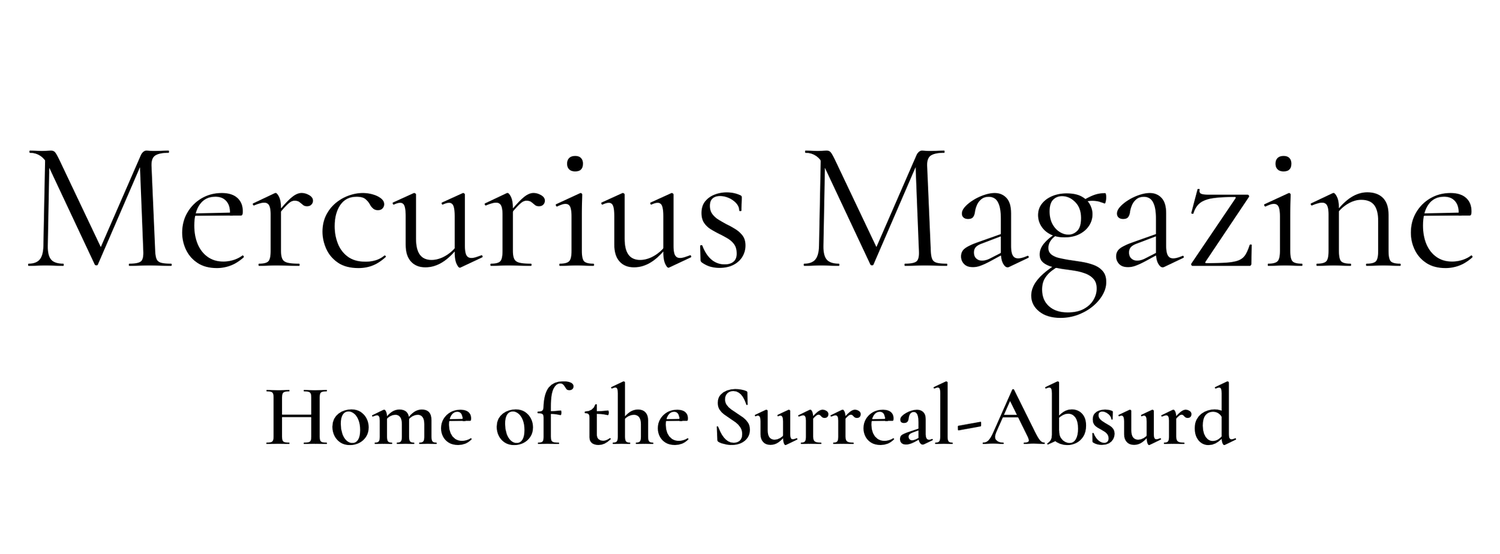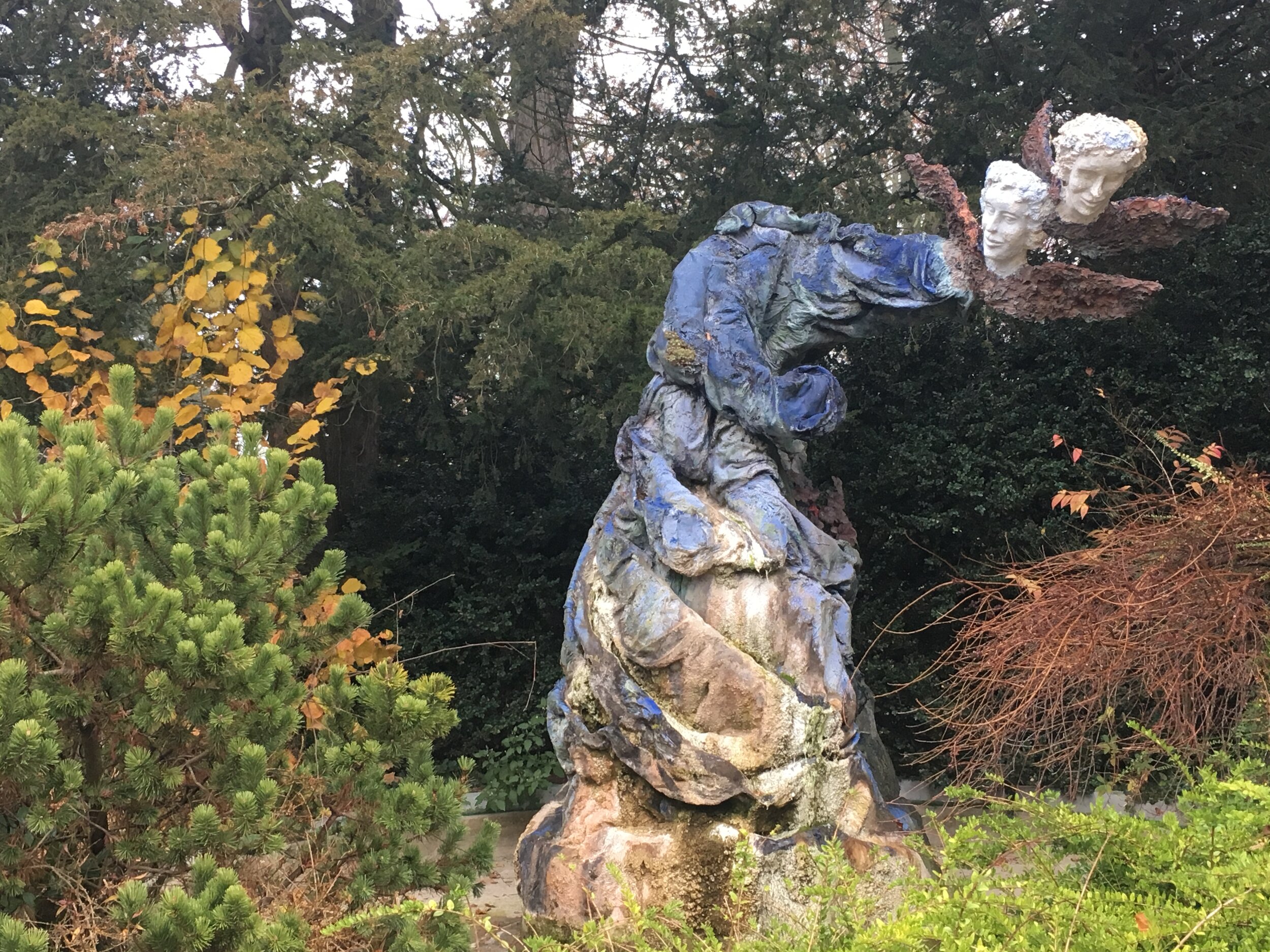On statues and nationalism: Stone is not as true as flesh
Running along the Southbank in London, I encountered a large group of men with closely cropped hair, dressed in dark sports casual. My first thought was: “who are these people with their complete lack of regard for social distancing measures”? This closely assembled legion emanated a strange power by ignoring the rules by which we’ve all been playing of late. As I got closer they looked at me as if to say “you don’t belong here!” It felt like they wanted me to cross their path so they could trample me underfoot.
I have a complicated relationship with race, identity and belonging. Born and raised in Scotland, yet lacking a Scottish accent, despite being a Macleod. Not having that accent means that fellow Scots only accept you with an element of suspicion after you tell them where you are from. It meant that when it came to vote for independence, whilst a smaller government seemed desirable, part of me rejected nationalism because of the hurt it had inflicted. I am also half Palestinian but that part of my heritage largely remains a mystery. I used to seek to cover it by claiming I was Italian. I was looking to fill an identity void and buy into one that seemed accepting and appealing. But like the transition of Mercury to Mercurius with age comes wisdom and acceptance of who you truly are.
By looking at me this way, the gaze of these men had stirred a hornet’s nest. My mind ran an emotional gamut. Firstly, I wanted to harm them: “Why should we have clubs whose focus is to reject people and hurt them?”. I suppressed this anger but whatever else I had hoped to achieve that day now became secondary to observing this exclusive “club”.
In the wake of the killing of George Floyd, the Black Lives Matter (BLM) protests in London led to a group of anti-BLM protests, whose raison d’être was to “protect the statues”. Their ire had been stoked by the fact that the statues of figures such as Churchill had been boxed off to protect them.
Statues of historical figures are a tricky proposition nowadays because they commemorate figures who, despite their defining achievements, emerge as morally murky figures when judged by today’s standards as complete human beings. They can’t be judged by today’s standards, but that also means they should not be paradigms for us to follow. The statue itself does not tell us enough. On my daily run into the city I pass by a statue of Captain John Smith. I like it because it reminds me of a romanticised version of him from the Terence Malick movie “The New World”. However, his historical role in establishing a colony at Jamestown makes him a more complicated figure when seen objectively. Should he be celebrated as a pioneer or reviled for helping subjugating another culture?
Back in Scotland a Robert the Bruce statue was defaced for being anti-English. He was in fact an English landholder who often pledged fealty to the King of England. Robert the Bruce was not one thing or the other. People will always project what they want onto a symbol. The fact that people can revere statues to the point of violence illustrates how symbols should never be held above understanding and empathy towards others.
I hovered around the edge of all this competing energy. I started in Trafalgar Square and went to see the peacefully assembled BLM protestors. I was overwhelmed by my lack of motivation to join them a week earlier and participate:
As Nelson watches from up high
Fountains rise then fall.
A heartbeat emerges
Feint but strong
Having not felt it
For many a year.
Now it asks me.
What have you done,
that’s not for you?
And you
Alone?
I walked along St James to the Palace then back via the Imperial War Rooms to Parliament Square, where the anti-BLM protests were in full swing. The scenes were raucous. A cauldron of rage, walled off by Police.
In seeing the two sets of protestors, I realised that both wanted better lives. However, that’s where the similarities end. BLM seeks to change a system and challenge societal norms through inclusivity and understanding. The other defines itself through opposition to others, latching onto a confused history to reinforce prejudice. All they can say is that Churchill “helped us through our darkest hour”, a soundbite rather than a true understanding of the man and his historical significance.
In Ancient Greece statues used to embody the divine but then morphed to follow the remit of empires, first under Alexander, then Roman, Colonial and Soviet. Statues gave a sense of power to those who could not be physically present to enforce their rule. The emphasis was on an idea or an achievement rather than being a balanced facsimile of a person’s worth. An example of this is also the Roman “Triumphs”, pillars used to memorialise military campaigns in episodic detail. The old Soviet regimes erected many statues of leaders that embodied the people as a collective: the cult of personality hovering above “the rest”.
In today’s age of total information the statue competes against other sources; its power to celebrate worldly achievements has diminished. Now statues are more commonly made of sporting deities. The cult of personality lionises sporting greatness over statecraft, arguably moving back towards the divine, away from control and back into the realm of dreams.
My meditations on statues have led me to conclude that we should not derive our identities from a partial reading of history. We are more complex. Whilst the past should never be forgotten or white-washed, divisions that result from divergent perceptions and emotional registers preclude any attempt to advance. Only through a more holistic understanding can we move forward. Protecting stone at the cost of flesh will not get us anywhere. Stone cannot deliver the whole truth.

